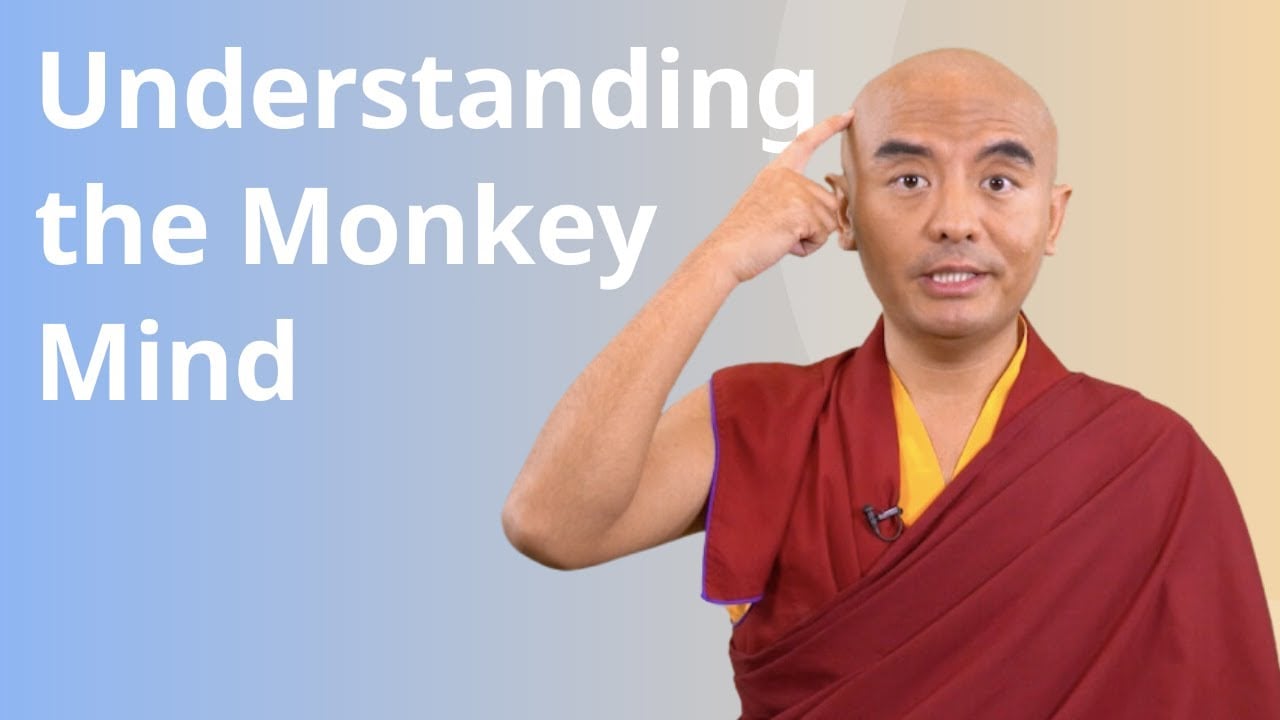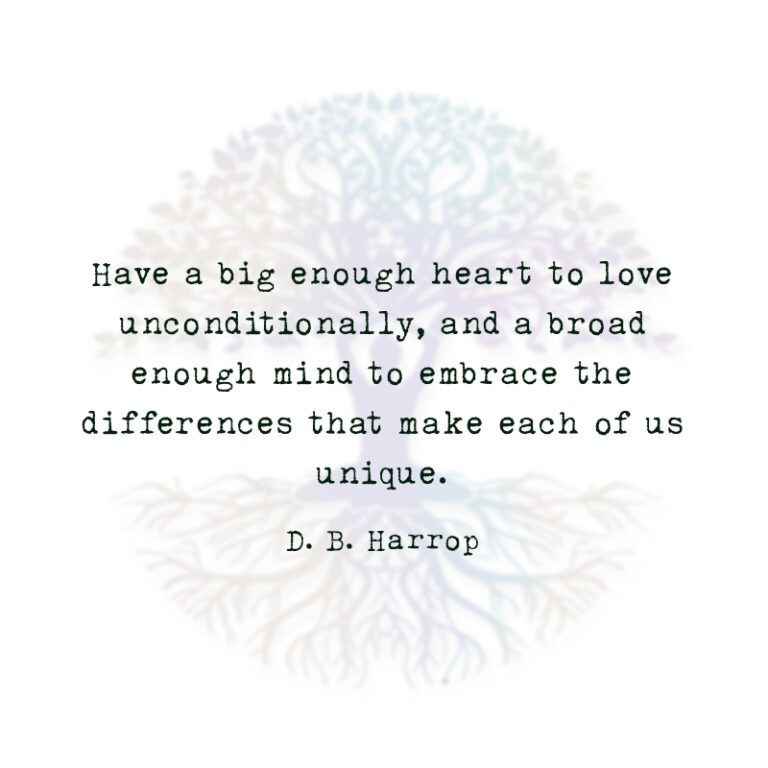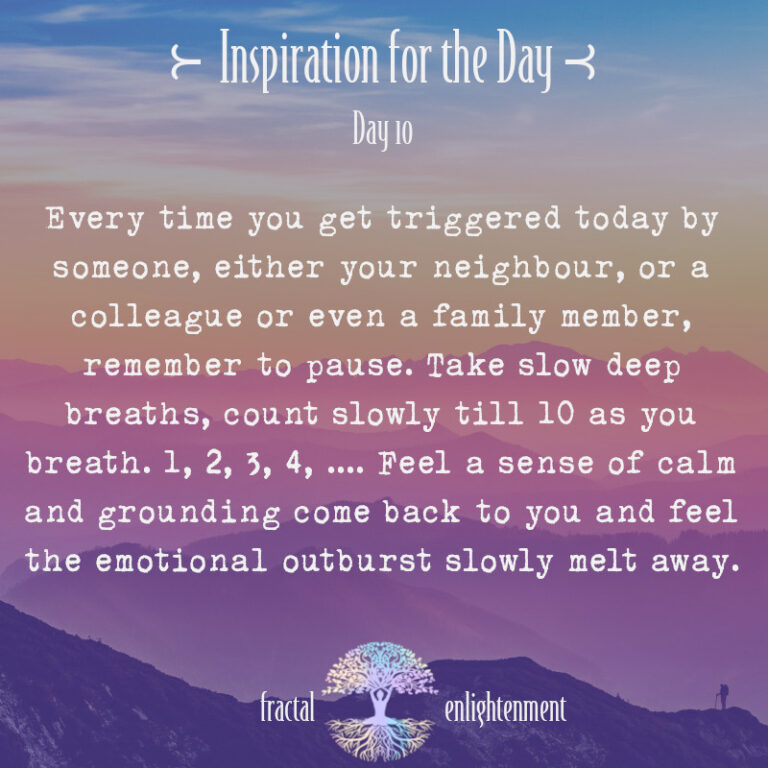What is the monkey mind?
The Monkey Mind or Mind Monkey is a Buddhist concept that basically means “unsettled, restless, indecisive, uncontrollable etc.”
Buddha described the human mind to be like a bunch of drunken monkeys that are constantly talking, fighting, distracting and creating mental chaos. People with anxiety disorders, stress problems, and other problematic habits of mind will tell you that it can often seem like our brains are constantly at war.
This is the brain part that’s most closely associated with your ego that believes you can’t get things right, something like the inner critic. This part of your brain also stifles creativity, and keeps you from following your passions. It demands to be heard, and it can sometimes take a lot more self-control to stop it.
I am burdened with what the Buddhists call the monkey mind. The thoughts that swing from limb to limb, stopping only to scratch themselves, spit and howl. My mind swings wildly through time, touching on dozens of ideas a minute, unharnessed and undisciplined. You are, after all, what you think. Your emotions are the slaves to your thoughts, and you are the slave to your emotions.
~ Elizabeth Gilbert
The monkey mind is the part of your brain that gets easily distracted and if you want to accomplish anything in your life, the challenge is to stop the monkey mind.
Personal experience with the monkey mind
I really feel that as a species we are so attuned to stimuli. We need something to do, something to watch, something to munch on, something to keep us occupied something for the thinker in us to think about. Our whole existence revolves around this monkey mind, either its our overthinking, or we compare, judge or criticise. Some of us, including me, react impulsively to unfavourable situations at times and I too get distracted a little too easily.
This is the monkey mind in action and the good part is that it can be tamed, we’re far more malleable than we can imagine. Personally, for me choosing how I react, is something that really helps, to keep calm at the point of an emotional outburst requires a level of self-awareness.
I’m also working on my will by pushing myself to have a self-care routine every morning, and when I’m doing this I keep defeating the monkey mind by not getting distracted while my routine is on. Still have a long way to go till I own it, but the most important part is that I acknowledge it and willing to work with it. This is the first step to actually begin harnessing the power of the monkey mind.
Is the monkey mind good or bad?
The Monkey mind is not “bad,” only an unsettled and untrained mind that is caught in unhealthy patterns. If you watched the above video you would see that once harnessed the monkey mind can be wise, loving and even compassionate.
So you do not look at the monkey mind as an enemy or something that’s bad but we have to sit with it and appreciate it for what it is: a perfect beginning on the journey towards mindfulness.
5 Ways to harness the power of the monkey mind
I recommend learning how to come into the presence of stillness and vastness. Learn any form of meditation. Spend twenty minutes every day if possible, in meditation, listening to the crazy monkey mind inside you, and learning how to still the thoughts and discover that big, deep soulful part of yourself
~ Elizabeth Lesser
While in the newsletter we kept in concise that as human’s we have tremendous potential, and although the process is not rocket science it does require a certain amount of will power and the willingness to do self work. As you can imagine, to bring a pause to the restlessness requires practices that instil stillness or awareness.
So here are 5 ways to work with the Monkey Mind ~
Using the A-B-C technique
Albert Ellis, a psychologist, developed this approach in the 1950s. This approach was then modified by Dr Martin Seligman from the University of Pennsylvania, who is also a former president of American Psychological Association. Seligman’s adapted version of this approach was published in 1990 in “Learned Optimism.”
ABC stands for:
Adversity.
Beliefs.
Consequences.
This model is used frequently in cognitive behavioral therapy (CBT) because it involves restructuring beliefs and becoming aware of your thinking patterns. We encounter Adversity and the way we think about it creates Beliefs. These beliefs influence our actions and goes on to create consequences.
Let’s say that you shout at your assistant because they forgot the key report in time for your meeting (Adversity). Then you think “I’m really a lousy boss.” (Belief). Your self-confidence plummets and you perform poorly in your meeting (Consequences).
The key difference is between belief and adversity. How you explain adversity to yourself can have a profound impact on your outlook and relationships. This is what Seligman refers to as your “explanatory mode” and it can have a profound impact on your outlook on life.
To tame the monkey mind using the A-B-C technique, you must question the beliefs the monkey mind has in order to come to the conclusions it is communicating to you. These are just three examples of questions you can ask about your beliefs.
- Is it really true that people are obligated to behave in the same way as I want?
- Is it realistic for me to think that everything must always work out my way?
- Does it really make sense that I must perform at all costs?
The monkey mind will have no place to hang its hat if you disbelieve the beliefs it is using to justify its tantrum. It will be forced to stop.
Meditate
Cannot stop talking about meditation, it really is the medicine for most of our problems. If you think you don’t have time to meditate, take a look at this article on 5 Ways to Meditate Without Actually Meditating, it will help you start a practice on the go.
Meditation is not difficult, just focus on your breath and don’t serve tea to your thoughts. We have loads of articles on meditation that can really help you get through the day in a better way!
Focus on awareness
The monkey mind thrives on distraction, the moment you find your thoughts carrying you away, take a moment to notice five things about your environment. You can choose five things that you see, hear or smell.
You can then fully experience the sight and sound or smell. You do this by pretending that this is the first time you’re ever experiencing that sight, sound or smell and adopting an awe-inducing sense of wonder.
This brings your attention back to the moment, thus helping the train of thoughts to stop. Another way to silence the monkey mind is to recite a mantra or prayer repeatedly to put a pause on the chattering.
Your mind makes you dance like a monkey all the time… Now you have to become stronger; you have to make the mind dance. Make it dance on the stage of mantra. For that, meditate and repeat mantra.
~ Swami Muktananda
Choose how you react
This one is what I personally work with as I’m positive you have the opportunity to do this multiple times a day. Routine, family, society and life in general puts forth situations where we can choose to explode or stop the monkey mind.
Being calm, taking a pause before responding or responding from a place of compassion and understanding instead of anger. Notice how the monkey mind wants you to react, you will notice that this reaction has been handed down to you and not who you want to be.
When you notice your impulsive reaction, you may find that these patterns could even stem from childhood trauma.
Practice Piko-Piko breathing
Piko-Piko breathing can be described as one of the fundamental practices of ancient Hawaiian Huna philosophy. “Piko” is the Hawain word for “navel” (or “center”). This technique involves performing the following:
- Take a deep breath. While inhaling, focus your attention on your crown.
- When you exhale, shift your attention on your navel.
- Continue to breathe in and out while you move your focus from the crown of your head to the navel.
- Repeat this multiple times.
Breathing deeply and focusing your attention on one part, then seamlessly moving it to another spot can help calm your mind.
Working with the monkey mind in daily life
“Our mind cannot be freed into the present moment while we are caged by the illusion of multitasking.”
~ Mokokoma Mokhonoana
The monkey mind confronts us often, but there are some real examples of how we can shift focus and even help others shift their focus from their monkey mind to the wise mind in the video below.
I really love that example of how to calm down a toddler throwing a tantrum and though I do not get to a situation like that often to try it, I really want to see how it plays out. I hope this article helps you work with the monkey mind and harness the potential it has to offer, monkey power!
Image Source
Resources













